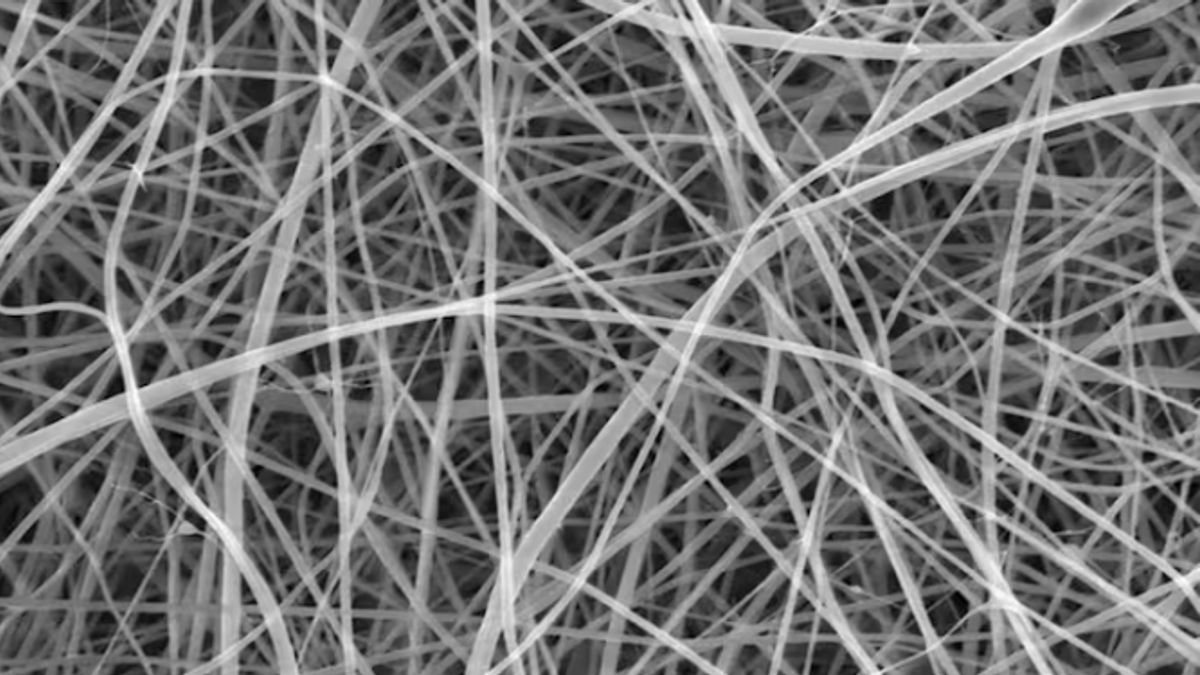JAKARTA - A group of chemical scientists from the University College London (UCL), England, managed to create the thinst mitigation in the world. Spaghetti is 200 times thinner than the strands of human hair.
The study, published in Nanoscale Advances, states that this thinest shot has broken previous records. Because each thread of thehub made is very small, it is even too small to be captured clearly by a light camera or regular microscope.
The researchers used scanning electron microscopy. This microscope works by scanning the sample using electron files and producing images based on a deflected electron pattern.
This almost invisible Spaghetti is not a food designed for consumption, as it will mature in less than a second. Spaghetti was created because of the fine fibers in it, which are called nanofibers. Spaghetti helps bone regeneration and other medical applications.
The research team used a technique called electrospinning to create nanofibers with a diameter of only 372 nanometers, which comes from a mixture of flour. They use flour and formmatic acid, rather than water, because formic acid can break the helical (large piles of spirals) that make up the star.
In addition, they must also heat the mixture for a few hours. Then, cool it slowly to ensure its consistency is correct. This process is similar to the making of ordinarymen, where flour and water doughs are driven through metal holes. However, in this study, they pulled a mixture of flour with electric charge.
"It's really like a mitigation, but much smaller," said Dr. Adam Clancy, one of the study's authors, quoted by VOI from the NDTV page on Tuesday, November 26, 2024.
SEE ALSO:
The nanoophibers formed are hydrophilic in nature. This means that it can be used as a substitute for the starch in environmentally friendly andbiodegraded nanofiber applications. Some of its potential applications include next-generation medical sanitary napkins, or annealed supercapacitor electrodes.
"Nanofiber, as made from the star, shows great potential in its use on sanitary napkins because of its highly porous nature. In addition, nanofibers are also being researched to be used as scampholds in network growth, as they mimic extracellular matrices, protein and other molecular networks built by cells to support themselves." said Professor Gareth Williams, co-author of the study.
With these findings, scientists hope that innovation in the manufacture of nanofibers can pave the way for progress in the medical and technological fields. This provides a more environmentally friendly and effective solution for various future applications.
The English, Chinese, Japanese, Arabic, and French versions are automatically generated by the AI. So there may still be inaccuracies in translating, please always see Indonesian as our main language. (system supported by DigitalSiber.id)


















